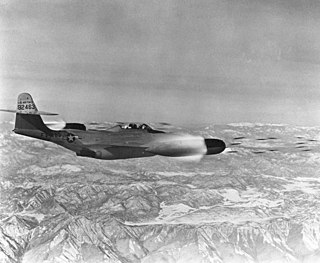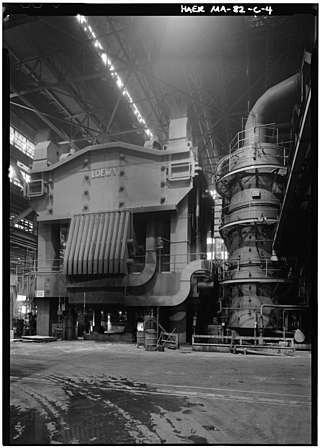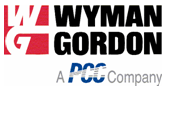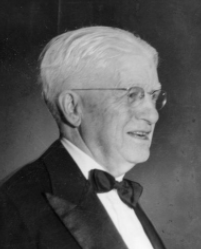
North American Aerospace Defense Command, known until March 1981 as the North American Air Defense Command, is a combined organization of the United States and Canada that provides aerospace warning, air sovereignty, and protection for Canada and the continental United States.

Grafton is a town in Worcester County, Massachusetts, United States. The population was 19,664 at the 2020 census. The town consists of the North Grafton, Grafton, and South Grafton geographic areas, each with a separate ZIP Code. Incorporated in 1735, the town is home to a Nipmuc village known as Hassanamisco Reservation, the Willard House and Clock Museum, Community Harvest Project, and the Tufts University Cummings School of Veterinary Medicine. Grafton operates the state's largest on-call fire department, with 74 members.

Forging is a manufacturing process involving the shaping of metal using localized compressive forces. The blows are delivered with a hammer or a die. Forging is often classified according to the temperature at which it is performed: cold forging, warm forging, or hot forging. For the latter two, the metal is heated, usually in a forge. Forged parts can range in weight from less than a kilogram to hundreds of metric tons. Forging has been done by smiths for millennia; the traditional products were kitchenware, hardware, hand tools, edged weapons, cymbals, and jewellery.

Charles Gordon Fullerton was a United States Air Force colonel, a USAF and NASA astronaut, and a research pilot at NASA's Dryden Flight Research Facility, Edwards, California. His assignments included a variety of flight research and support activities piloting NASA's B-52 launch aircraft, the Boeing 747 Shuttle Carrier Aircraft (SCA), and other multi-engine and high performance aircraft.
Defence Australia is a department of the Government of Australia charged with the responsibility to defend Australia and its national interests. Along with the Australian Defence Force (ADF), it forms part of the Australian Defence Organisation (ADO) and is accountable to the Commonwealth Parliament, on behalf of the Australian people, for the efficiency and effectiveness with which it carries out the Government's defence policy.

The Strategic Automated Command and Control System (SACCS) is a United States Strategic Command command and control system to coordinate the operational functions of United States nuclear forces.

The issue of why the Allies did not act on early reports of atrocities in the Auschwitz concentration camp by destroying it or its railways by air during World War II has been a subject of controversy since the late 1970s. Brought to public attention by a 1978 article from historian David Wyman, it has been described by Michael Berenbaum as "a moral question emblematic of the Allied response to the plight of the Jews during the Holocaust", and whether or not the Allies had the requisite knowledge and the technical capability to act continues to be explored by historians. The U.S. government followed the military's strong advice to always keep the defeat of Germany the paramount objective, and refused to tolerate outside civilian advice regarding alternative military operations. No major American Jewish organizations recommended bombing.

Bharat Forge Limited is an Indian multinational company involved in forging, automotives, energy, construction and mining, railways, marine, aerospace and defence industries.

The 534th Air Defense Group is a disbanded United States Air Force organization. Its last assignment was with the 4706th Air Defense Wing at Kinross Air Force Base, Michigan where it was inactivated in 1955. The group was originally activated as the 534th Air Service Group, a support unit for a combat group at the end of World War II in Italy and then redeployed to the United States where it was inactivated in 1945.

The 384th Air Expeditionary Group is a provisional United States Air Force unit assigned to the Air Combat Command. The 384 AEG may be activated or inactivated at any time.
Alexander Zeitlin was a Russian-American military leader. He was prominent in the United States Air Force major hydraulic press design program following the Second World War and Korean War years. He and his colleagues worked on "The Heavy Press Program of the United States Air Force." that began in earnest in 1950.

The Heavy Press Program was a Cold War-era program of the United States Air Force to build the largest forging presses and extrusion presses in the world. These machines greatly enhanced the US defense industry's capacity to forge large complex components out of light alloys, such as magnesium and aluminum. The program began in 1950 and concluded in 1957 after construction of four forging presses and six extruders, at an overall cost of $279 million. Eight of them are still in operation today, manufacturing structural parts for military and commercial aircraft. They still hold the records for size in North America, though they have since been surpassed by presses in Japan, France, Russia and China.

Wyman-Gordon is a company that designs and manufactures complex metal components. Founded in 1883 as a manufacturer of crankshafts for looms, it has a long history of making forged metal components, particularly for the aerospace industry. Wyman-Gordon is a wholly owned subsidiary of Precision Castparts Corp., and is based in Houston, Texas. It has thirteen (13) plants in five countries, and employed about 2,500 people as of 2012.

Robert Waring Stoddard was President of Wyman-Gordon, a major industrial enterprise, and one of the founders of the anticommunist John Birch Society.

Harry Galpin Stoddard was an American businessman who became president of Wyman & Gordon, a major industrial concern, in Worcester, Massachusetts, United States. He was also part owner of the Worcester Telegram, using this paper in the fight against organized crime.

Fairfax Field was a wartime (WWII) facility of the United States Army Air Forces and later, the United States Air Force. The installation was north of Kansas City, Kansas. Used as a pre-war Naval Air Station, the United States Army Air Forces leased the municipal airfield and built an Air Force Plant and modification center for North American B-25 Mitchell medium bomber production. Military use of the site continued as late as 1957 by the Strategic Air Command's 3903rd Radar Bomb Scoring Group for bombing practice.

The Wyman-Gordon 50,000-ton forging press is a forging press located at the Wyman-Gordon Grafton Plant that was built as part of the Heavy Press Program by the United States Air Force. It was manufactured by Loewy Hydropress of Pittsburgh, Pennsylvania and began operation in October, 1955.
Smith-Clayton Forge Ltd were a company specialising in drop forgings that was established in Lincoln. In 1966 Smith-Clayton Forge became a subsidiary of GKN and later was absorbed into British Steel. It then became part of United Engineering Forgings (UEF) which in 2000 and 2001 was sold on to Wyman Gordon and Bifrangi, who now operate on the Smith-Clayton Forge site.















